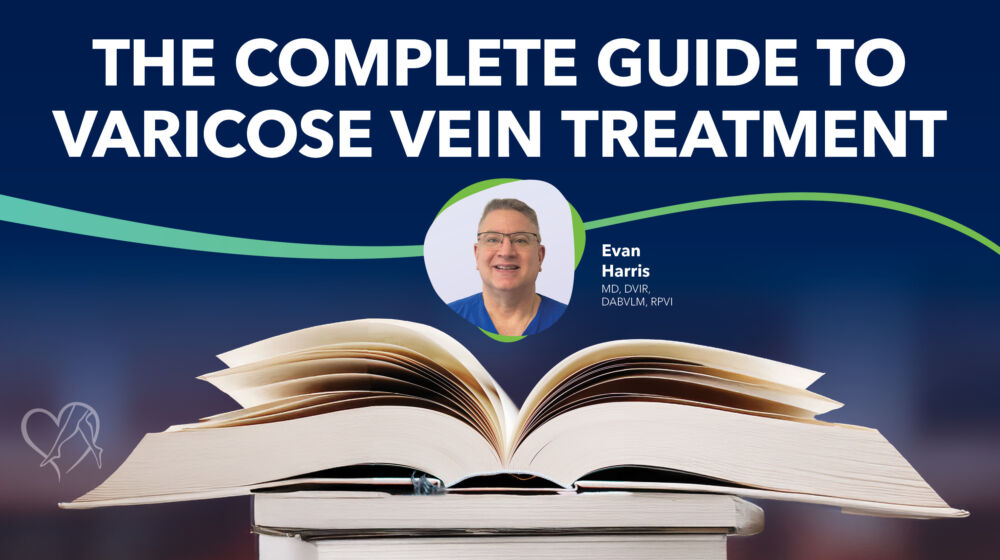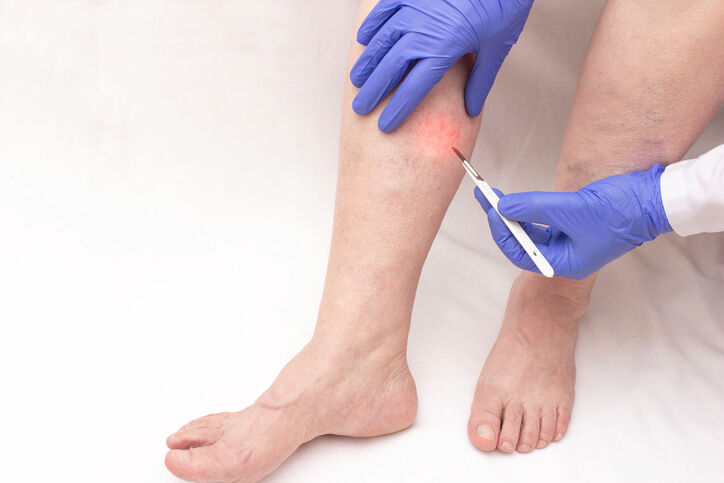What causes varicose veins?
Dr. Shevitz explains that varicose veins
are caused when the one-way valves in the leg veins fail. These valves are responsible for keeping blood moving (against gravity!) back to the heart. These failed valves allow for two-directional flow. The result of failed valves is pain, aching, swelling, throbbing, cramping, restlessness, and bulging varicose veins.
“Over time diseased veins will stretch and distend. The blood pressure in these veins increases, creating a low-grade inflammatory state. The inflammation combined with stagnant blood causes the symptoms related to varicose veins.” -Dr. David Shevitz
This long-standing venous hypertension (high blood pressure in the veins) can cause progressive skin changes, warns Dr. Shevitz, such as darkening and hardening of the skin. The hardening can reach a point where the skin breaks down, causing wounds that are difficult to heal, called venous ulcers. These open wounds can last years if not treated at the source of the failed, diseased veins.
Why are veins closed as a treatment for vein disease?
Simply put, the painful process of pressure, inflammation, and blood stagnation is stopped by closing the problem vein. “When we close the veins, the body views the vein as dead,” says Dr. Shevitz. “The body will slowly dissolve the veins and remove them from the system. This process takes about three or four months to complete after the vein is closed,” he adds.
Aren’t these veins important to have?
The short answer, says Dr. Shevitz, is that they are not. He explains that humans are born with a vast surplus of veins, “literally miles of veins in the legs, which is different from arteries. Each artery has an important job and cannot be spared.”
By removing problem superficial veins (visible under the skin), circulation is improved because blood can only flow through healthy veins with properly working valves. Therefore, blood is returned more efficiently to the heart. Furthermore, Dr. Shevitz explains that ninety percent of the blood returned to the heart happens through the deeper veins, which we never touch during treatment.
One vein commonly treated is called the great saphenous vein (GSV). It runs the whole length of the leg and is the longest named vein in the body. The name is a misnomer, however, according to Dr. Shevitz, because it’s not important. In fact, “if the GSV is diseased, it is harmful to the body and is best to get rid of it,” says Dr. Shevitz.
Will blood from closed veins automatically reroute to other veins?
Yes, says Dr. Shevitz. When a vein is closed, and blood can no longer flow through it, blood “will find the path of least resistance. Luckily, he adds, the veins left behind are healthy, and the blood will move more efficiently.
Will a closed vein ever come back?
The vast majority of veins that are treated are permanently gone. However, “if you tend to form one of these diseased veins, then yes, it is likely that you will get new varicose veins over time,” warns Dr. Shevitz. He adds that “we can only remove an existing vein; we can’t take away your tendency to form new diseased veins.”
Dr. Shevitz says that the good news is that these veins tend to come back slowly, and not every single varicose vein needs to be treated, only those that are bothersome. Also, typically patients require less treatment for new veins that appear after their initial treatment plan has been completed.
What can I do to prevent veins from coming back?
The major contributing risk factors for developing varicose veins are hereditary, aging, and being born a female (due to hormones and pregnancy). In fact, women are twice as likely to develop varicose veins as men, says Dr. Shevitz.
While preventing varicose veins is primarily out of our control, there are several precautions people can take to prevent varicose veins. These include:
- Not standing or sitting for long periods of time
- Weight loss for obese patients
- Compression stockings use (Dr. Shevitz adds that this is theoretical and not scientifically proven)
Any advice for those who are hesitant about vein treatment?
Dr. Shevitz cautions that horror stories of vein treatment in the past are based older treatment methods such as stripping and ligation, which is not how we treat veins. Stripping was a painful surgical procedure, took a long time to heal from, and had a high risk of complications.
Today's modern office-based procedures are minimally invasive and are virtually painless (except for a small needle poke, says Dr. Shevitz). Treatment takes an hour or less to complete, and patients can return to their normal activities immediately with few restrictions. Most patients require nothing more than over-the-counter pain-relievers, if any.
Dr. Shevitz’s final recommendation:
“Get educated on what the options are for varicose veins so that you can make a decision knowing the facts. The fact is that you can be treated with very little pain and little interruption in life. Remember, there is potentially long-term disability associated with varicose veins with the skin changes, the pigment changes, the swelling, the hardening, and the ulcers. Many of these conditions are irreversible if you let your veins go untreated over the years. It’s best to treat veins early rather than late.”
-Dr. David Shevitz
How to make an appointment for your varicose veins
Scheduling an appointment with Dr. Shevitz in Kearny or Woodland Park, NJ, or any of the other 100+ Center for Vein Restoration locations across the country couldn’t be easier! Most major insurances, including Medicare and Medicaid, are accepted.
Schedule on your schedule by scheduling online
Sometimes it’s not convenient to speak to a live scheduler. And sometimes, you don’t feel like making a phone call. That’s okay because we make it easy to schedule your in-person or telehealth appointment whenever it suits you.
Click here
to schedule your appointment online.
Speak to a live patient services representative
Other times you may have questions or concerns and prefer to speak to someone. Call 240-965-3915 to schedule with a live patient services representative who can answer your questions.
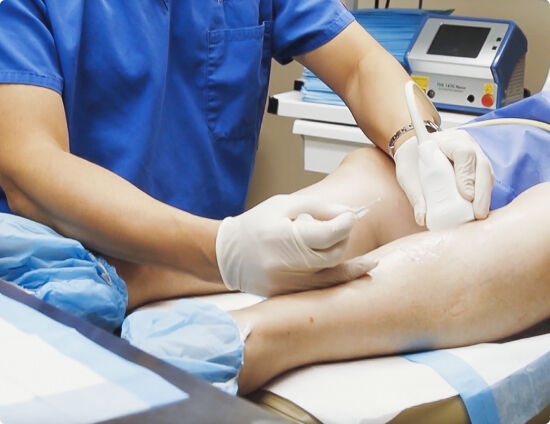
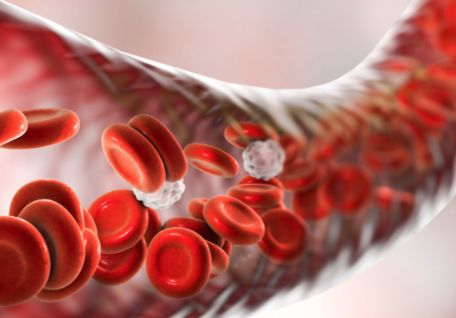 About Vein Disease
About Vein Disease
 Spider Veins
Spider Veins
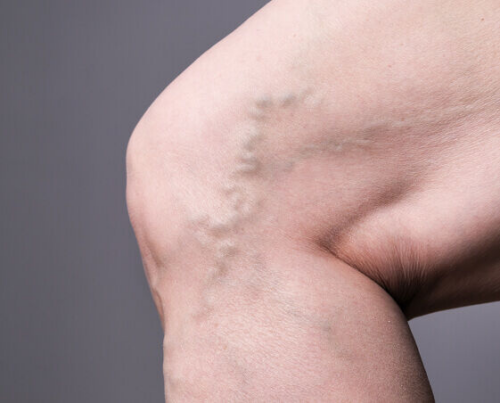 Varicose Veins
Varicose Veins
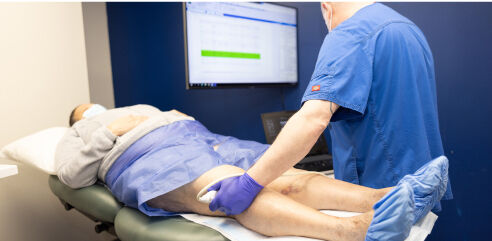 Vein Disease Treatments
Vein Disease Treatments
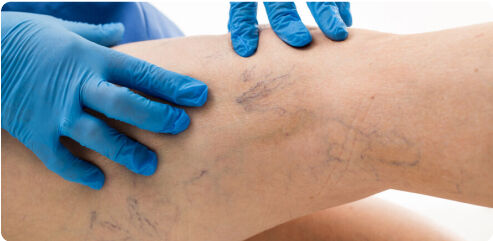 Treating Spider Veins
Treating Spider Veins
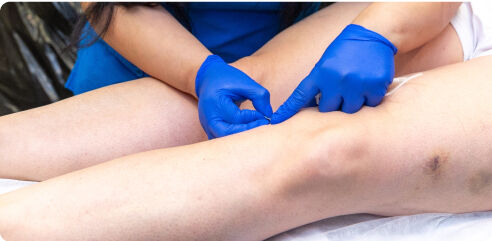 Treating Varicose Veins
Treating Varicose Veins
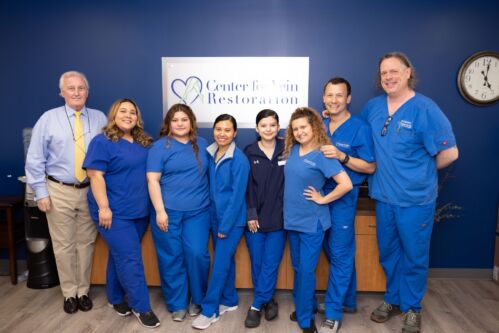 About Us
About Us
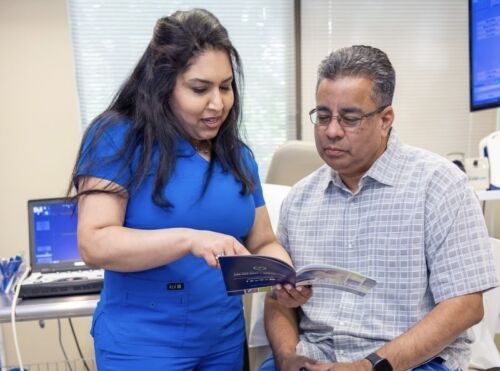 Patient Resources
Patient Resources
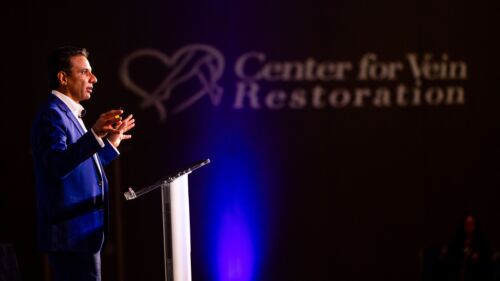 Physician Resources
Physician Resources

